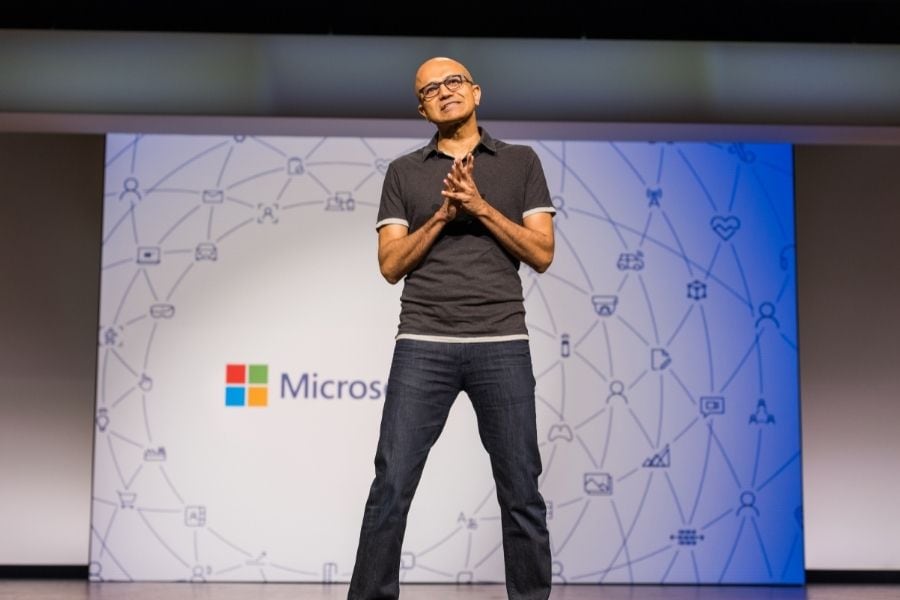
How Microsoft is ditching the video game console wars
Microsoft is betting that the future of gaming will be a post-hardware world where people may not want to spend hundreds of dollars for a console
 Satya Nadella, chief executive of Microsoft, speaks in Seattle on May 7, 2018. Nadella has pushed Microsoft into cloud computing and subscription services, and the video game business has followed suit. (Kyle Johnson/The New York Times)
Satya Nadella, chief executive of Microsoft, speaks in Seattle on May 7, 2018. Nadella has pushed Microsoft into cloud computing and subscription services, and the video game business has followed suit. (Kyle Johnson/The New York Times)
In mid-2014, Satya Nadella, who had just become the chief executive of Microsoft, ushered the heads of the company’s gaming division into his fifth-floor office in Redmond, Washington.
The executives wanted Nadella to write a $2.5 billion check to buy Mojang, a Swedish company that produced a blocky, pixelated game called Minecraft. Nadella asked why Microsoft, which was being consistently outsmarted in the console business by Sony, should keep investing in video games. How, he said, did that fit with his vision for a company with a friendlier face that appealed to more consumers?
Then Phil Spencer, the new head of Xbox, told Nadella about Minecraft’s vast world where millions could socialize and where teenagers were encouraged to learn math and science skills. A deal would be the first step of a “a pretty bold vision” to transform Microsoft’s gaming business into one focused on a broader audience, rather than just console gamers, Spencer said.
Nadella agreed and made the deal happen. What followed, according to interviews with more than 20 Microsoft executives, game developers, industry analysts and gamers, was a yearslong shift. Instead of competing mainly with rival Sony to sell more consoles, Microsoft bought 15 other game studios and invested in new technologies, like a Netflix-style games subscription service and a mobile tool known as cloud gaming.
Now, as Microsoft prepares to show off new offerings at the annual gaming convention E3 this weekend, its video game business looks very different. The company is still known for the Xbox, a new version of which was released in November. Even so, it has diversified beyond boxy hardware to provide a new array of services.
©2019 New York Times News Service



 A controller for the XBox Series X, the new gaming console that became available last year, in Oakland, Calif., on Nov. 2, 2022. Known for the Xbox, Microsoft has been diversifying away from boxy hardware in favor of reaching millions more new gamers. (Brandon Ruffin/The New York Times)
A controller for the XBox Series X, the new gaming console that became available last year, in Oakland, Calif., on Nov. 2, 2022. Known for the Xbox, Microsoft has been diversifying away from boxy hardware in favor of reaching millions more new gamers. (Brandon Ruffin/The New York Times)



